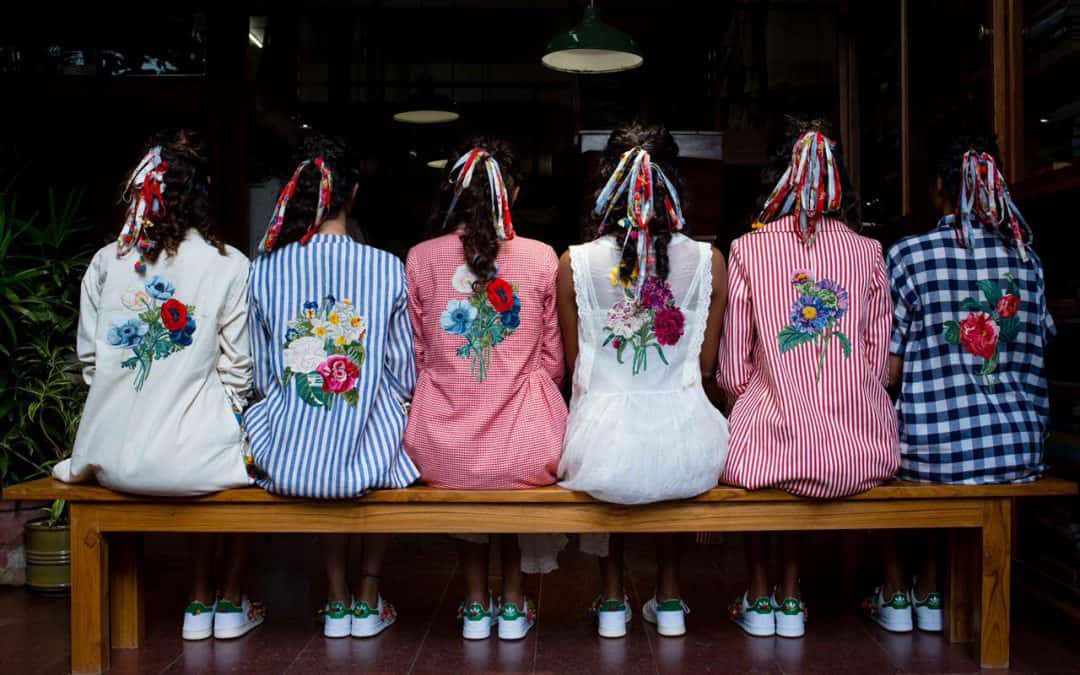In recent years, the Middle East has witnessed a rapid growth in the conscious fashion niche, reflecting a global shift towards sustainability and ethical consumption. This region, traditionally known for its luxurious fashion sense, is now embracing the principles of sustainability in style.
The move towards conscious fashion signifies a paradigm shift where luxury and sustainability are no longer mutually exclusive but rather complementary elements of a modern and ethical lifestyle.
Here are a few observations from the region that are redefining the landscape of fashion business.
Table of Contents
1: Sustainable Luxury Fashion: A Growing Market
The concept of sustainable luxury fashion in the Middle East combines the region’s penchant for luxury with a growing awareness of environmental and social issues. According to a report by McKinsey & Company, the global market for sustainable fashion is expected to grow from $6.35 billion in 2019 to $8.25 billion by 2023, with the Middle East playing a significant role in this growth. This trend is driven by a young, affluent population that values both high-end fashion and ethical consumption.
2: The Impact of Consumer Awareness
Consumer awareness is a major driving force behind the rise of sustainable luxury fashion in the Middle East. According to a survey by PwC, 65% of consumers in the region are concerned about the environmental impact of their purchases, reflecting a significant shift in consumer attitudes towards sustainability. Additionally, a study by Nielsen indicated that 66% of global consumers are willing to pay more for sustainable brands, with a notable increase in interest from the Middle East.
3: Regional Brands Leading the Way
Several regional brands have emerged as pioneers in the sustainable luxury fashion sector. Dubai-based designer Kashesh Global, for instance, incorporates sustainable practices in their couture collections, using eco-friendly fabrics and ethical production methods. Similarly, Saudi Arabian brand Abadia focuses on preserving traditional craftsmanship while ensuring fair wages and safe working conditions for artisans. These brands are setting new standards in the industry, demonstrating that sustainability and luxury can coexist harmoniously.
4: Government and Institutional Support
Governments and institutions in the Middle East are also playing a crucial role in promoting sustainable luxury fashion. For instance, the Saudi Vision 2030 initiative aims to diversify the economy and promote sustainable development across various sectors, including fashion. The initiative encourages the adoption of sustainable practices and supports local artisans, thereby fostering a culture of sustainability. Additionally, the Dubai Fashion Sustainability Initiative aims to integrate sustainable practices within the fashion industry, supporting designers and brands committed to ethical production.
5: Challenges and Opportunities
Despite the positive trends, the sustainable luxury fashion sector in the Middle East faces several challenges. One of the main obstacles is the perception that sustainable products are more expensive. However, this is gradually changing as consumers become more educated about the long-term benefits of sustainable fashion, including its potential to reduce environmental impact and promote social equity.
There is also a significant opportunity for growth. With the Middle East’s high per capita income and a strong affinity for luxury brands, the region is well-positioned to become a leader in the sustainable luxury fashion market. By leveraging this unique combination of wealth and awareness, the Middle East can drive significant changes in global fashion trends.
To Sum it Up
The rise of conscious fashion in the Middle East signifies a transformative shift in consumer behavior and industry practices. As the region embraces sustainable luxury fashion, it not only sets a new benchmark for ethical consumption but also contributes to a broader global movement towards sustainability. With increasing consumer awareness, support from regional brands, and proactive government initiatives, the Middle East is poised to become a key player in the sustainable fashion industry. The fusion of luxury and sustainability offers a promising future where fashion can be both exquisite and responsible, reflecting a new era of conscious consumption.
By integrating sustainability into its luxury fashion sector, the Middle East is not only catering to the evolving preferences of its consumers but also contributing to a more sustainable and equitable global fashion industry.
